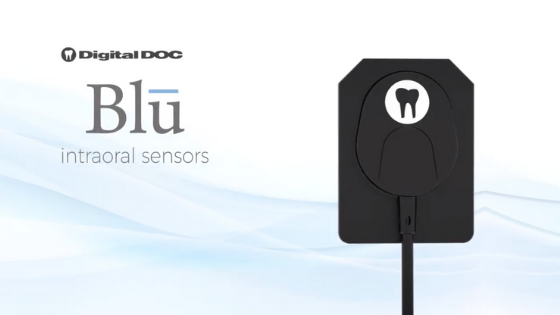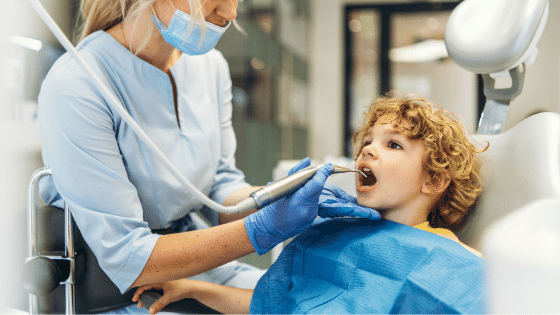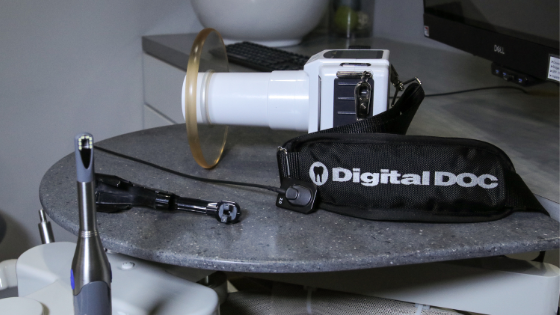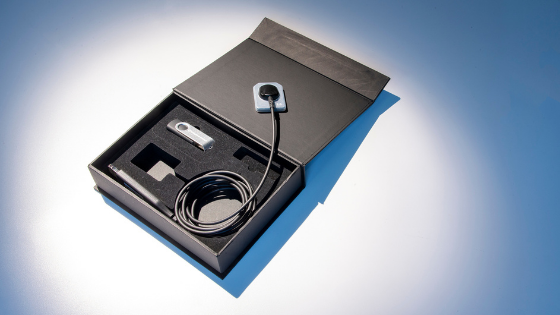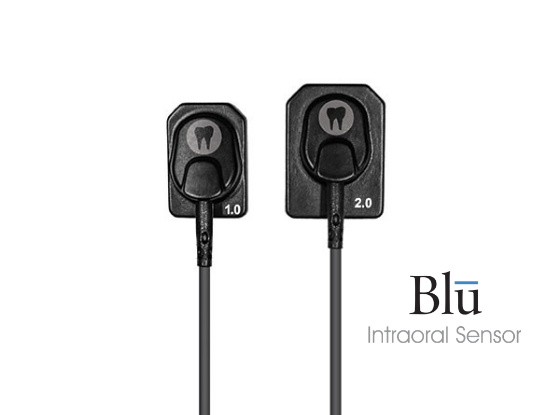Why Get A Dental Sensor
Why Choose to Purchase a Dental Sensor For Your Practice
Dental x-rays are an important component of normal dental checkups. Not only should the surface portions of teeth be examined, but so should the inside areas as well. There is no doubting that traditional dental x-rays have aided a large number of individuals. However, technological improvements have enabled engineers to design gadgets that deliver immediate, HD digital imaging. Going digital can elevate your practice, but why should you get a dental sensor?
The Blū
To start, our advanced dental technology team shares the advantages of our newest sensor, the Blū. Our revolutionary intraoral x-ray sensor will take your practice to the next level. Blū is long-lasting, comfy, and, most of all, inexpensive. The Blū intraoral sensor, with its crystal clear pictures, will serve as your second pair of eyes during the treatment planning phase. So, if you haven’t already gone digital, start with Blū. It certainly is everything you could want in a digital dental sensor and more.
Dental Sensors Provide Great Visuals
Dental technology helps doctors and patients communicate more effectively. Dr. Green, Parker CO dentist, explains that this allows dentists to show their patients the problem rather than telling them about ir. It’s difficult to agree to costly procedures when the problem isn’t seen in low-quality images. The high-definition imagery of Digital Doc’s Intraoral Dental Sensor Blū will help you make a diagnosis and justify your treatment approach.
Dental Sensors Improve Efficiency
All of us in the dental field know that a standard exam’s x-ray section might be the most time-consuming element of the procedure. Luckily, dental sensors can help with that. They have minimal setup and modifications. Thus, this reduction in setup time improves overall office productivity and allows you to focus on what really matters: the patient.
Get Digital Doc Support
It is our responsibility as an industry leader to supply you with high-quality products and superior service. With the assistance of Digital Doc Support, you will have no trouble implementing your new dental sensor. Our virtual training will teach everyone in your workplace how to reap these benefits. You can always rely on us if you have any queries or issues concerning your Digital Doc products. Contact us today to learn more.
Increase Comfortability For Both Patients and Team with Dental Sensors
It’s understandable that traditional x-ray methods can be uncomfortable for patients. Thus, Digital Doc’s Blū Intraoral Sensor comes in the perfect size, making for the best patient experience possible. You can choose from a 1.0 and 2.0. Each sensor is about 4.8 mm thick, with the dimensions of 31.3 mm X 42.9 mm.
Contact Digital Doc To Learn More
If you’re interested in our Digital Doc products, please reach out to our team. We can schedule a virtual demonstration today. Additionally, we can discuss any of our products – dental cameras, X-ray devices, accessories, and more! Follow us on Instagram, Facebook, and YouTube to learn more!



